Now that financial market agents and media pundits have collaborated in planning for one, two or three Fed rate cuts this year, the attention, and the debate, has moved to the size of the Fed’s balance sheet. By my observation, you can line up ten economists and get eleven opinions. The truth is that no one knows exactly what the appropriate size of the Fed’s balance sheet should be. We’re all guessing. That includes some of the Fed folks who are working on this issue daily. They must now add to the overall size question of what the preferred composition of the balance sheet versus the present structure. The Fed has been working on this subject for several years.
IMO, the first issue is “how big?” I believe it is the liability side of the Fed’s balance sheet that will set the size. Here’s a discussion of what the liability side is composed of: “Credit and Liquidity Programs and the Balance Sheet,” https://www.federalreserve.gov/monetarypolicy/bst_frliabilities.htm. Total it up and you get a number. Actually, you get a range, since some of these items are constantly changing for a variety of important reasons.
Now you must add a cushion. This is the lowest comfortable level of excess bank reserves (LcLoR) that allows banks to operate without fear of a shock or volatile outcome. The Fed estimates this fudge factor by asking the banks and then deriving a guesstimate from the answers that banks provide. When there is a banking system shock, LcLoR goes up. When there is a capital rule change, LcLoR changes as well.
In political years, there are the unknowns from different prospective election outcomes, and that adds to uncertainty. Uncertainty causes banks to want more reserves than otherwise are needed. BTW, we each do the same thing to the extent that we can control the amount of reserves we hold in our business or household accounts.
The Fed has become a target in the political contest. Here’s the story as reported by Fortune: “Donald Trump thinks he should influence Fed rates—here’s what history and the law say,” https://fortune.com/2024/08/11/donald-trump-interest-rates-fed-independence-jerome-powell-richard-nixon. Many observers just shrug this off as Trump talk, but others are watching with some concern. We will see if markets react to this theme.
My support of Fed independence has been a consist position. I have trouble visualizing good outcomes from placing monetary policymaking in the hands of politicians.
Here are a couple of recommended readings:
“Catastrophizing Debt,” https://ritholtz.com/2024/08/catastrophizing-debt/
“Time To Turn Attention To Managing The Fed Balance Sheet,” https://hub.tslombard.com/report/us-watch/time-to-turn-attention-to-managing-the-fed-balance-sheet/35443/12c5cdc6a6772331628e813304322b1b
“Vance Doubles Down On Trump Call For Bigger Role In Interest Rates,” https://www.americanbanker.com/news/vance-doubles-down-on-trump-call-for-bigger-role-in-interest-rates.
David R. Kotok
Co-Founder and Chief Investment Officer
Email | Bio
Links to other websites or electronic media controlled or offered by Third-Parties (non-affiliates of Cumberland Advisors) are provided only as a reference and courtesy to our users. Cumberland Advisors has no control over such websites, does not recommend or endorse any opinions, ideas, products, information, or content of such sites, and makes no warranties as to the accuracy, completeness, reliability or suitability of their content. Cumberland Advisors hereby disclaims liability for any information, materials, products or services posted or offered at any of the Third-Party websites. The Third-Party may have a privacy and/or security policy different from that of Cumberland Advisors. Therefore, please refer to the specific privacy and security policies of the Third-Party when accessing their websites.
Sign up for our FREE Cumberland Market Commentaries
Cumberland Advisors Market Commentaries offer insights and analysis on upcoming, important economic issues that potentially impact global financial markets. Our team shares their thinking on global economic developments, market news and other factors that often influence investment opportunities and strategies.

